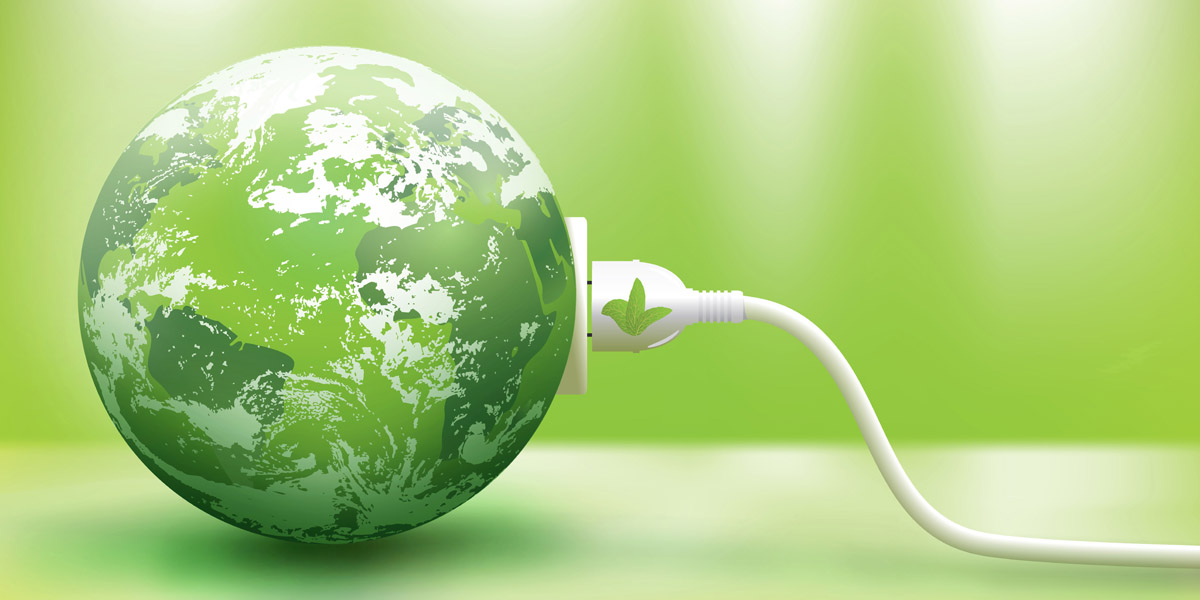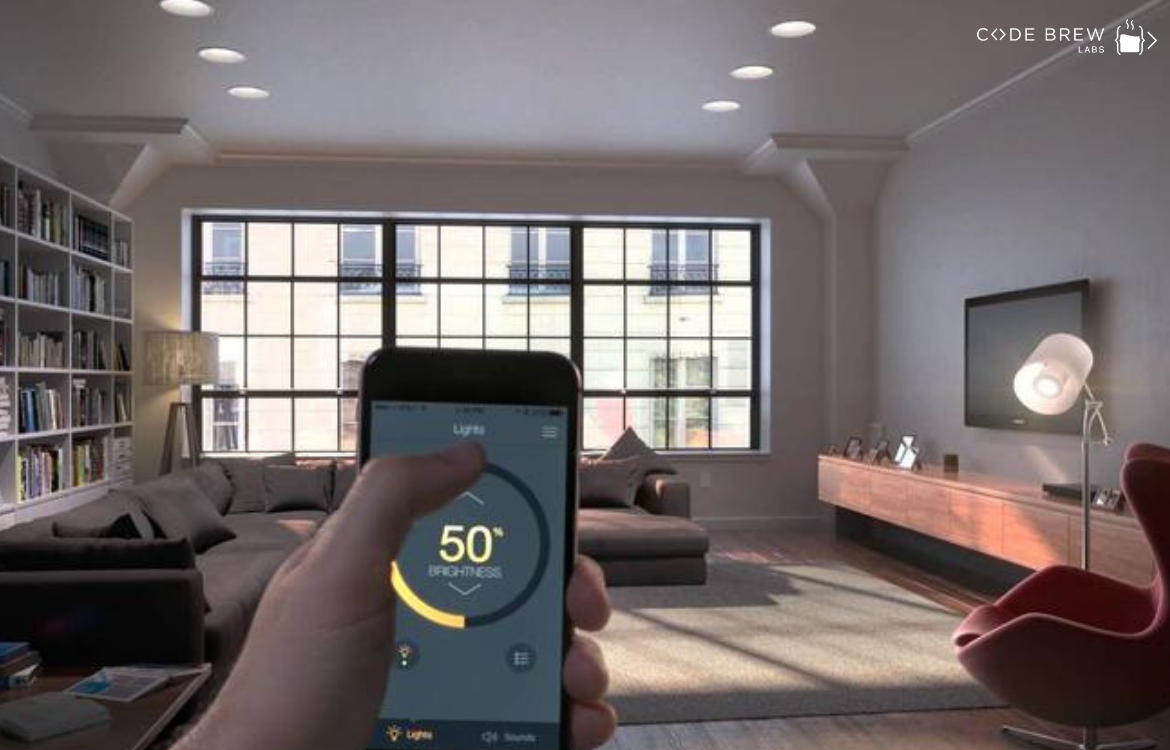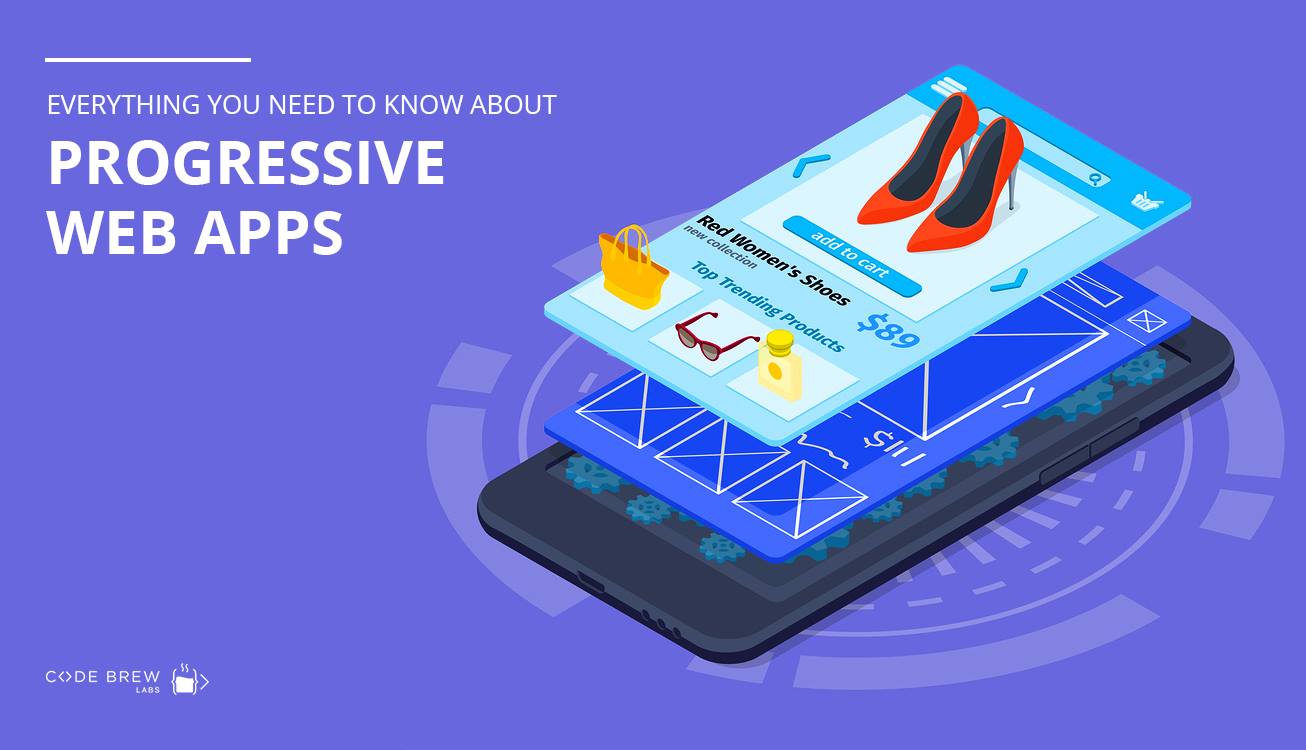There’s an awful lot of fuss made about IoT in the tech spheres. People like to talk about how it will enormously influence the way society interacts with technology. But they don’t always talk about the specific ways in which that will happen. Well, one likelihood is that IoT would end the scenario where people get shocked by the amount mentioned on their utility bills.
As well as providing helpful metrics to allow people to understand their major demands on utilities, IoT platforms also offer suggestions to help minimize usage at home. But that’s not all. Utility companies rely on IoT technologies to streamline their business practices. That helps them save time and offer more benefits to their customers.
Slashing Energy Expenditure & Greenhouse Gases

In a recent study by the Consumer Technology Association, it was found that increasing automation with the aid of energy saving IoT devices could slash up to 100 million tons of CO2 emissions and bring down energy consumption in the home by as much as 10%.
But there’s a caveat. The study also makes it clear that the amount of energy saved in homes depends a great deal on their IoT device setup. So homes using an array of IoT devices in combination will experience greater utility savings as compared to those making use of only individual devices.
Home Utility Upgrades That Offer Greater Advantages
It’s hardly a surprise that when people go out shopping for utility products for energy savings, their buying decision is largely influenced by their personal preferences, their home setup and to a greater degree their budget. Still, the options are plenty when considering utility upgrades.
Many air conditioners are smart enough to observe your occupancy levels in the home and work accordingly. A lot of them connect to apps that allow for remote usage. This type of functionally comes in really handy in cases where a person forgets to turn off their air conditioner before leaving for say, a weekend trip.
In addition to that, there are also smart thermostats that can be controlled with something as natural as human-voice. The Nest Learning Thermostat, for example, has got a leaf icon on the display that appears when a person sets an energy-saving temperature. These models can also switch to a lower-power mode as soon as they sense the homes are empty.
Window Blinds For Favorable Utility Outcomes

It’s a lesser known fact but Window blinds hugely impact reliance on home utilities. While windows can cause energy loss, but as the weather gets cooler, more than 3/4 of the sunlight that hits a standard, double-pane window can easily be turned into heat. Moreover, a strict reliance on daylight streaming through large windows can significantly reduce the need to power on lights and use electricity.
Keeping all that in consideration, a lot of companies are now offering smart window blinds that slide up and down window blinds through mobile apps or voice commands.
Major Challenges for Utility Companies
Despite, the consensus among utility company leaders and the obvious advantages arising out of IoT both to their businesses and the customers, many entities are simply reluctant to adopt the technology as quickly we’d like them to. The major challenge is the Aging infrastructure. A study recently found that 70% of the power transformers in the US are more than 25 years old.
Another obstacle for utility companies is to perform system-wide updates if most of the existing components are outdated. An IoT powered setup functions at its peak when all its parts communicate and transmit data with each other. Put simply, the move to fully embrace IoT can be very costly for a utility company.
There’s also the security risk always around the corner. If hackers are able to infiltrate the systems used by the utility companies then the whole system can come crashing down. However, on the bright side, there are various IoT powered technologies that constantly keep a check on suspicious actives and alert the technician staff as soon as a security breach is attempted.
Final Thoughts
While there are definite challenges to IoT’s implementation at a larger scale, there are things to be hopeful about. As technology further improves and people figure out more ways to utilize use IoT to their advantage, we should start to see this much-vaunted technology go mainstream. Are you fascinated by how IoT can change the utility sector for the better? Share your thoughts in the comments’ section below.






